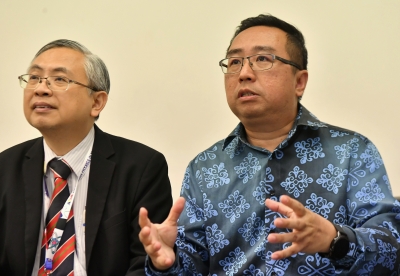Malaysia's Ambitious Hydrogen Technology and Economy Roadmap by 2030
Key Ideas
- Minister Chang Lih Kang announces the government's plan to develop the ecosystem and value chain of vehicles based on hydrogen energy by 2030.
- The project will focus on large-scale manufacturing processes and energy production while accommodating general demand, aiming to achieve zero carbon emissions by 2050.
- The implementation of the Hydrogen Technology and Economy Roadmap is projected to generate significant income and contribute to Malaysia's GDP growth by 2030.
The Malaysian government, led by Minister of Science, Technology and Innovation Chang Lih Kang, is actively working on drafting the ecosystem and value chain for vehicles powered by hydrogen energy as part of the Hydrogen Technology and Economy Roadmap (HETR) by 2030. This initiative aims to transition towards green energy solutions and reduce carbon emissions, aligning with the global trend of sustainable development. Minister Chang emphasized the importance of public awareness and understanding of hydrogen technology through phased development, starting with showcasing hydrogen vehicles to the public. The second phase will involve building a comprehensive hydrogen ecosystem covering supply, manufacturing, and demand aspects. Despite the high cost of hydrogen technology adoption, Malaysia sees the necessity to compete with existing energy sources like petroleum and diesel. Prime Minister Anwar Ibrahim also highlighted Malaysia's strategic position to tap into the growing global green hydrogen market, envisaging substantial economic benefits and GDP growth through HETR implementation. The government's vision for a sustainable future includes harnessing hydrogen energy to propel economic growth while addressing environmental concerns and paving the way for a greener Malaysia.
Topics
Power
Environmental Impact
Sustainability
Green Energy
Economic Growth
Government Initiative
Technology Roadmap
Latest News
